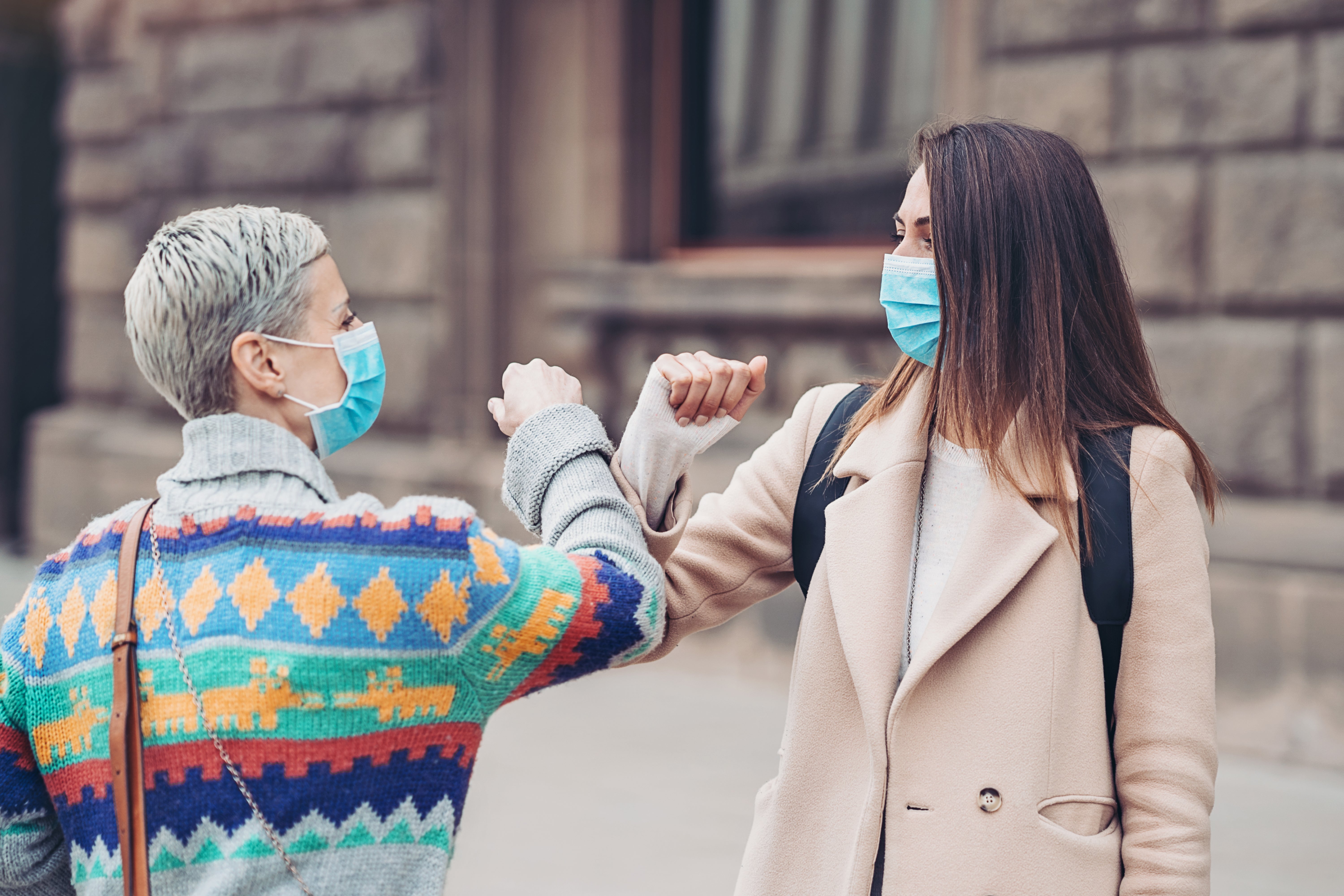This website uses cookies so that we can provide you with the best user experience possible. Cookie information is stored in your browser and performs functions such as recognising you when you return to our website and helping our team to understand which sections of the website you find most interesting and useful.

Most of the UK is once again in lockdown, with England’s third national lockdown legally coming into force on Wednesday 6 January.
The restrictions are expected to last until at least mid-February, announced the Prime Minister in a televised statement on 4 January, saying that even with all of England (apart from the Isles of Scilly) either in tier 3 or 4 there was “no question” restrictions needed to be tightened as cases of Covid-19 continue to soar across the nation.
Mr Johnson said in his broadcasted statement that the number of deaths in England is up 20 per cent week on week “and sadly will rise further”, saying “it’s clear that we need to do more together to bring this new variant under control”.
On Sunday there were 50,000 new confirmed coronavirus cases for the sixth day in a row (there have been 390k positive tests in the last seven days). In the last seven days there have been 4,278 deaths (an increase of 741 on the previous week).
First Minister Nicola Sturgeon also announced on 4 January that Scotland would be returning to a spring-style lockdown, with the restrictions remaining in place until at least the end of January.
And the Joint Biosecurity Centre has recommended the UK Alert Level be upgraded from Level 4 to Level 5. This is different to the tier system scale and measures the direct threat the epidemic currently poses to the country. The top level, Level 5 had not been reached yet, and means that there is a "material risk" of the NHS being overwhelmed.
What does the new lockdown mean?
“You may only leave home for limited reasons permitted in law,” Mr Johnson said.
The essential message is to stay at home - as per the first lockdown in March 2020 - which means working from home where possible and only going out for limited reasons.
These, as previously, include shopping for food or medicine, to exercise or to provide care to a vulnerable person.
Can support bubbles continue in the January lockdown?
Since 13 June, people in England have been allowed to form “support bubbles” - following models elsewhere in Europe and New Zealand, which was the first international example of support bubbles.
This meant that in a number of listed circumstances, households could freely mix with one another, stay the night and not practice social distancing in their company.
In the new lockdown, support and childcare bubbles remain in place.
What counts as a support bubble?
People may form a support bubble during the January lockdown with another household of any size if:
- you live by yourself – even if carers visit you to provide support
- you are the only adult in your household who does not need continuous care as a result of a disability
- your household includes a child who is under the age of one or was under that age on 2 December 2020
- your household includes a child with a disability who requires continuous care and is under the age of 5, or was under that age on 2 December 2020
- you are aged 16 or 17 living with others of the same age and without any adults
- you are a single adult living with one or more children who are under the age of 18 or were under that age on 12 June 2020
Based on the 2 December support bubble rules, if you share custody of a child with someone you do not live with, the child can move freely between both parents’ households but you do not need to form a support bubble in order to do this.
Can I see anyone outside my household not in a support bubble?
The new guidance says you may leave the home to “exercise on your own, with one other person, or with your household or support bubble".
However this exercise should be limited to once per day, and you should not travel outside your local area in order to do so.
But for other types of meeting the rules do not permit socialisation with those outside your household.
It says: "You cannot leave your home to meet socially with anyone you do not live with or are not in a support bubble with (if you are legally permitted to form one).
“You should not meet other people you do not live with, or have formed a support bubble with, unless for a permitted reason.”



 Africana55 Radio
Africana55 Radio 
